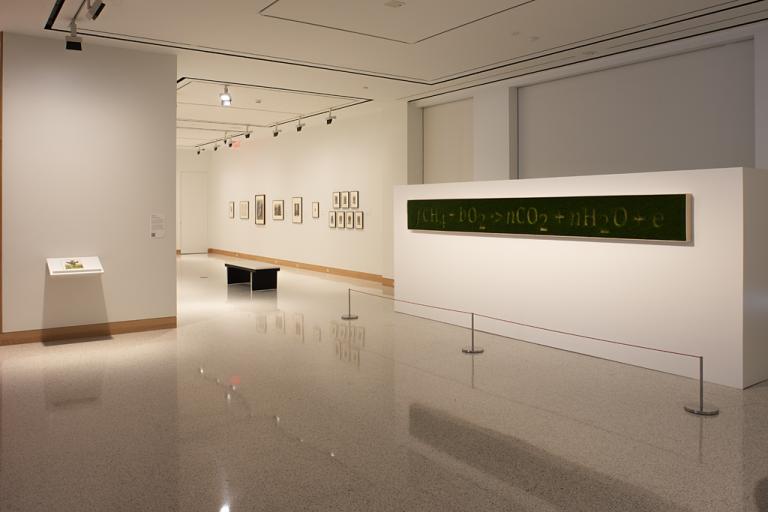After Nature (coding and re-coding nature), Mathias Kessler
Artwork Overview
Mathias Kessler, artist
born 1968
After Nature (coding and re-coding nature),
2018
Where object was made: United States
Material/technique: desktop computer; assorted house plants used for NASA air purifying experiment in 1977; planters for botanical experiment; greenhouse (Model: Snap & Grow Plus); electrodes; cameras; plant EEG; prodes; SQL databank
Accession number: IA2018.002
Not on display
If you wish to reproduce this image, please submit an image request




